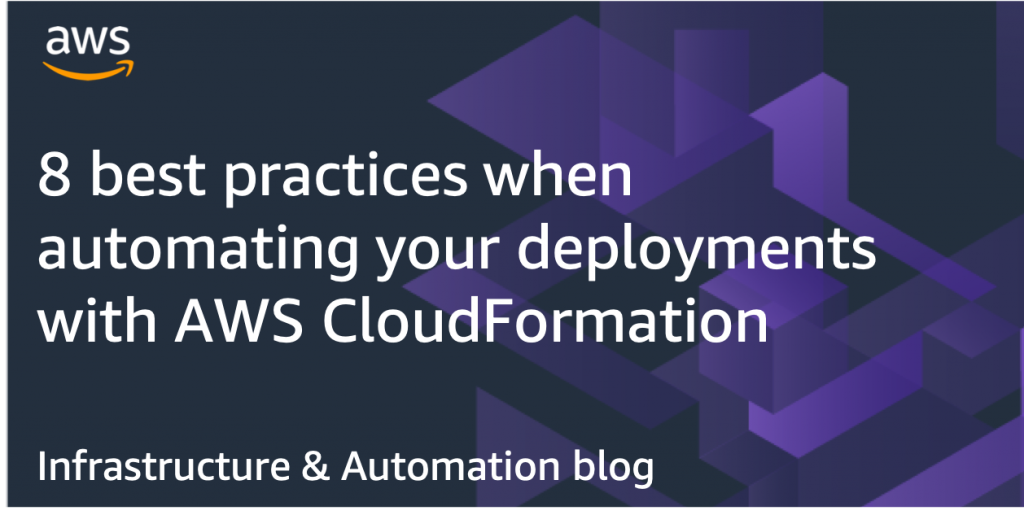Integration & Automation
Category: Intermediate (200)
A practical guide to getting started with policy as code
In this post, we detail the concepts, processes, and steps to get started with policy as code (PaC) and adopt this into your software development lifecycle. PaC can improve your overall security posture, improve consistency of service usage across your organization, and reduce rework or workloads deployed to your AWS accounts.
Deploy bastion hosts into private subnets with AWS CDK
Learn how to use AWS CDK to deploy bastion hosts into private subnets of a VPC.
Use AWS Control Tower to deploy AWS Quick Starts to multiple accounts
Use a configuration file in AWS Control Tower to deploy a single Quick Start to thousands of AWS accounts.
Manage Amazon S3 Event Notifications using a Lambda function
Learn how to use an AWS Lambda function and custom AWS CloudFormation resources to manage your shared S3 Event Notifications.
Use Git pre-commit hooks to avoid AWS CloudFormation errors
Learn how Git pre-commit hooks can save you time and frustration by catching formatting errors in your AWS CloudFormation templates.
Customize an AWS Quick Start for your use case
Learn learn how to customize the code in an AWS Quick Start to fit your use case.
8 best practices when automating your deployments with AWS CloudFormation
Learn how to save time, effort, and frustration when automating your workload deployments using AWS CloudFormation.
Building a Microsoft test environment using nested Quick Starts
See how you can automate the deployment of a full-stack Microsoft development or testing environment by using a combination of the VPC, Active Directory, SQL Server, SharePoint, Exchange Server, and RD Gateway Quick Starts.
Using AWS CloudFormation to deploy software into Amazon EKS clusters
Learn how you can use AWS CloudFormation to model and deploy Kubernetes resource manifests or Helm charts into an Amazon Elastic Kubernetes Service (Amazon EKS) cluster.
Best practices for deploying EC2 instances with AWS CloudFormation
Best practices for addressing security and access control and configuration when bootstrapping EC2 instances in the Amazon Web Services Cloud.









